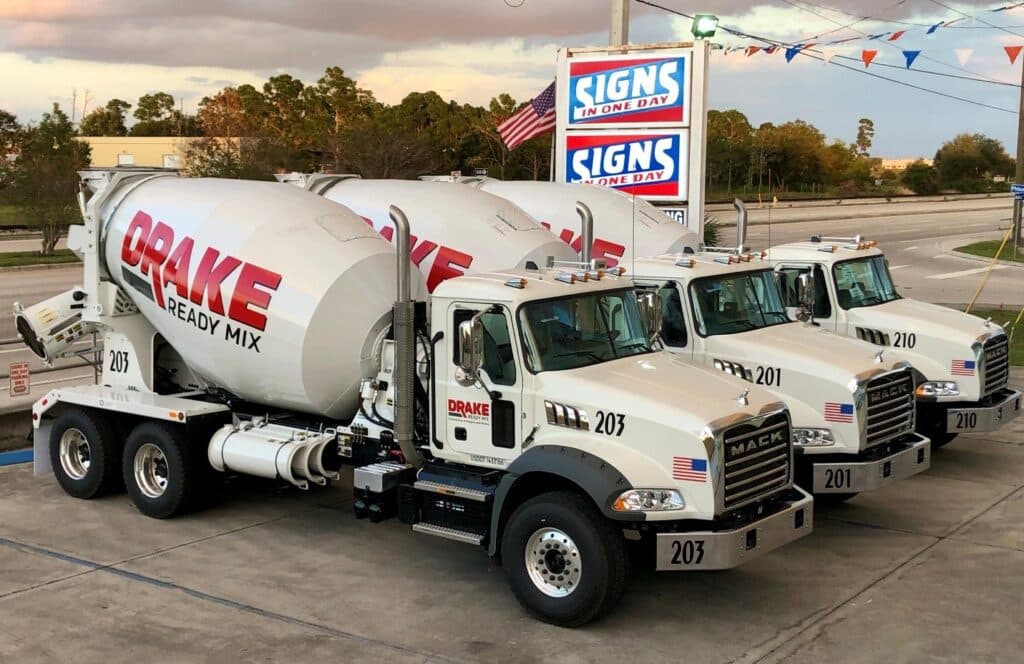In the world of business, first impressions matter immensely. When a potential customer walks past your store or drives by your company vehicle, your signage is often their first interaction with your brand. Effective signage can draw people in, convey important information, and leave a lasting impression. It’s not just about placing your business name on a signboard; it’s about creating a design that psychologically resonates with your target audience. In this blog post, we’ll delve into the psychology of effective signage and how design choices can influence customers.
The Importance of Signage
Before diving into the psychology of signage design, let’s understand why signage is crucial for businesses. Signs are not just practical tools for providing directions; they serve as powerful marketing and branding assets.
Here’s why signage matters:
- Visibility and Brand Awareness
Signage makes your business visible. It helps potential customers find you and remember your brand. A well-designed sign reinforces brand awareness, making it more likely for customers to choose your business over competitors. - Communication
Signs convey essential information such as your business name, logo, hours of operation, and special offers. Effective signage communicates these details clearly and succinctly. - First Impressions
As mentioned earlier, your signage is often the first point of contact with customers. It sets the tone for their entire experience with your business. A professionally designed sign can create a positive first impression.
The Psychology Behind Signage Design
Now, let’s explore the psychological aspects that influence the effectiveness of signage design:
- Color Psychology
Color is one of the most powerful elements in design. Different colors evoke various emotions and associations. When designing signage, consider the following:
• Red: Conveys excitement and urgency. Often used for sales and clearance signs.
• Blue: Represents trust and reliability. Commonly seen in corporate signage.
• Green: Associated with health, nature, and growth. Suitable for eco-friendly businesses.
• Yellow: Grabs attention and signals optimism. Great for highlighting special offers.
Your choice of colors should align with your brand identity and the message you want to convey. Maintaining consistency in your color scheme across all branding materials is essential.
- Typography Matters
The fonts you choose can significantly impact readability and perception. When selecting fonts for your signage:
• Legibility: Ensure the text is easy to read from a distance. Avoid overly decorative fonts that may confuse viewers.
• Consistency: Use consistent fonts across all signage to maintain brand identity.
• Hierarchy: Use different font sizes and styles to emphasize essential information, such as business names or headlines. - Simplicity and Clarity
Less is more when it comes to signage. A cluttered sign can overwhelm viewers and dilute the message. Keep your signage simple and clear, focusing on the most critical information. Use concise language and avoid jargon. - Placement and Visibility
Consider the location of your signage carefully. It should be visible to your target audience without obstruction. The height, angle, and distance of the sign from the viewer all affect its impact.
Tips for Designing Effective Signage
Now that we’ve explored the psychology of signage design, here are some practical tips to create effective signs for your business:
- Understand Your Audience
Know your target audience’s preferences, tastes, and expectations. Tailor your signage to resonate with them emotionally. - Keep It Consistent
Maintain consistency in design elements such as colors, fonts, and logos across all your signage and marketing materials. Consistency reinforces brand identity. - Test for Readability
Before finalizing your signage, test it for readability. Ask for feedback from different people to ensure your message is clear to a broad audience. - Invest in Quality Materials
High-quality materials make your signage more durable and reflect positively on your brand. Cheap, poorly made signs can convey a negative image. - Seek Professional Guidance
Consider consulting with a professional graphic designer or a signage expert to ensure your designs are optimized for maximum impact.
The Power of Effective Signage
Effective signage is not about extravagant designs; it’s about connecting with your audience on a psychological level. By understanding the psychology behind design choices and implementing the tips mentioned above, you can create signage that leaves a lasting impression and drives customers to your business.
Are you ready to transform your signage and enhance your business’s impact? Unlock the potential of your business with Signs in One Day’s professional signage expertise.
Contact us today to discover how investing in well-thought-out signage can boost your brand visibility and customer engagement.
Sources
https://tuppsigns.com/the-psychology-of-good-signage/
https://www.blinksigns.com/blog/archive/the-science-of-signage-the-psychology-behind-a-good-sign
https://houseofsignsco.com/2023/09/04/the-psychology-of-signage-how-design-influences-customer-behavior/

